Jiangxi Province, abbreviated as “Gan,” is nestled in southeastern China, just south of the Yangtze River. Though it may not appear on every tourist’s radar, Jiangxi is a hidden treasure filled with majestic mountains, historic towns, ancient temples, and revolutionary landmarks. It bridges the rich cultural hubs of eastern and southern China, offering a travel experience that blends natural beauty with deep historical roots.
The provincial capital, Nanchang, holds a prominent place in China’s revolutionary history. Jingdezhen is the cradle of porcelain making, known around the world for its ceramic artistry. Lushan Mountain, a UNESCO World Heritage Site, rises above misty forests and dramatic cliffs. From the peaceful villages of Wuyuan to the red-hued mountains of Jinggangshan, Jiangxi invites you to slow down and explore.
Much of the province is mountainous, with the Gan River running from south to north. This geography helped preserve its traditional charm. Today, Jiangxi’s unspoiled landscapes and rich heritage make it an ideal destination for travelers seeking something off the beaten path.
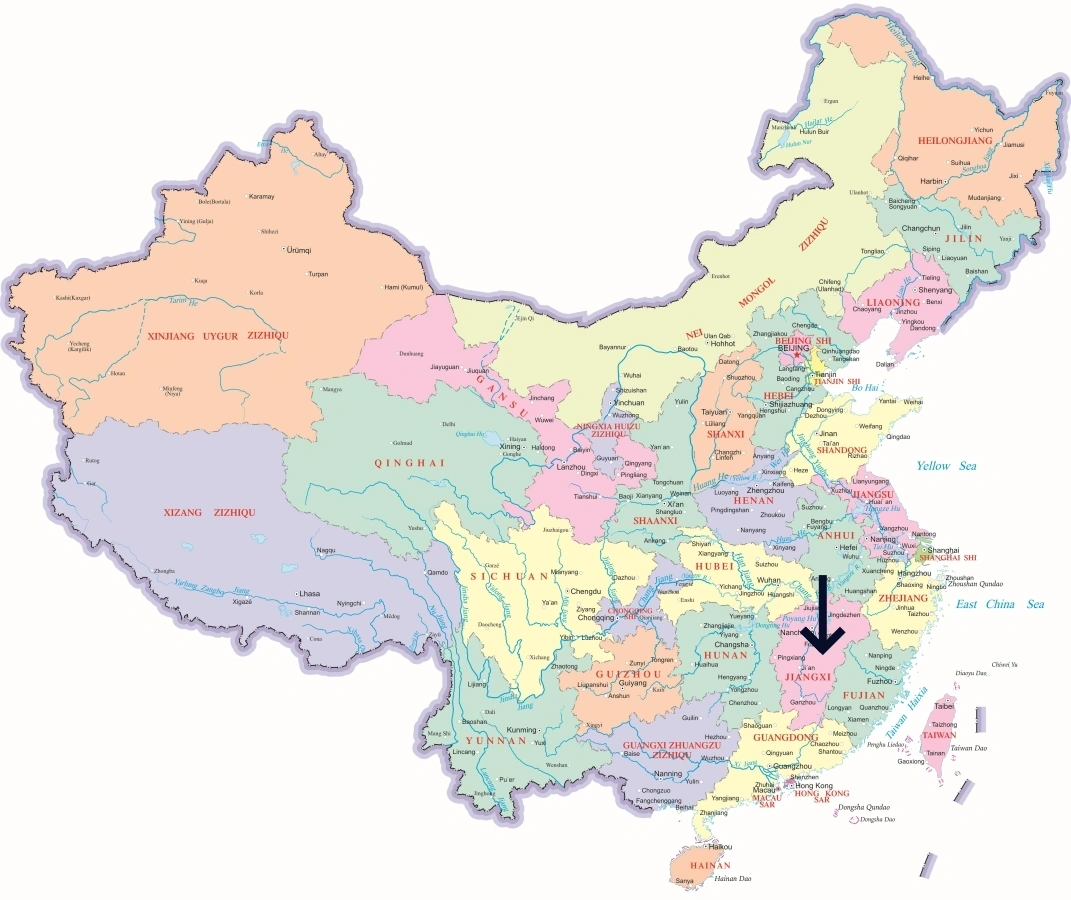
Jiangxi has 11 prefecture-level cities, each with its own unique personality. Whether you’re exploring revolutionary history, admiring Taoist mountain temples, or snapping photos of countryside villages, Jiangxi offers a wide range of experiences.
Some cities, such as Nanchang, Jingdezhen, Jiujiang (Lushan), and Ji’an (Jinggangshan), are more frequently visited by tourists. However, cities like Shangrao, Ganzhou, Yichun, Pingxiang, Fuzhou, Yingtan, and Xinyu offer equally rewarding discoveries, minus the crowds.
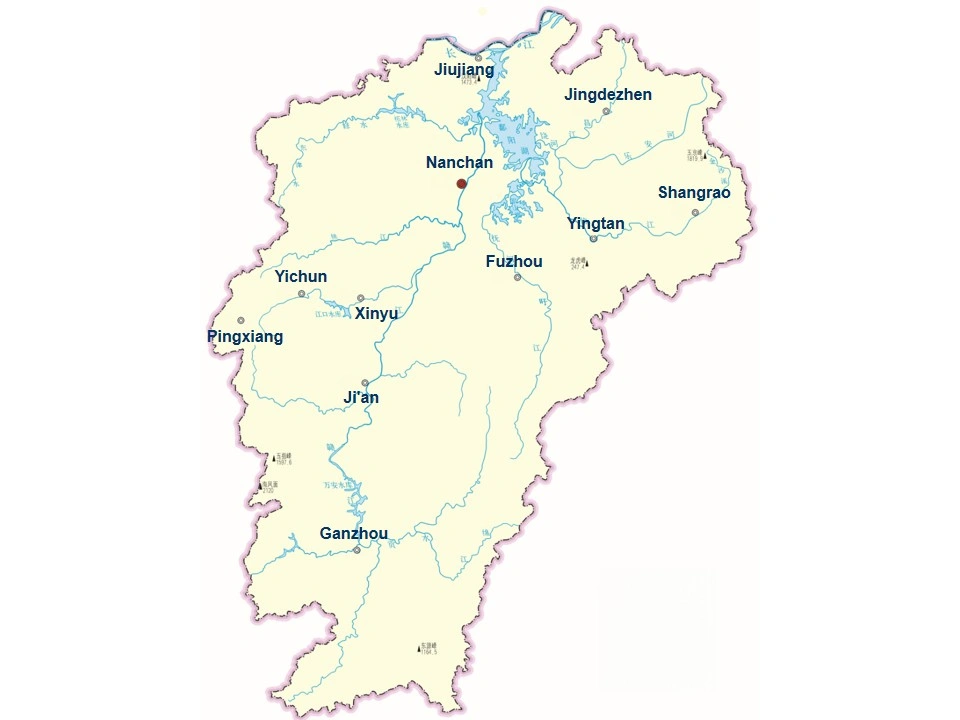
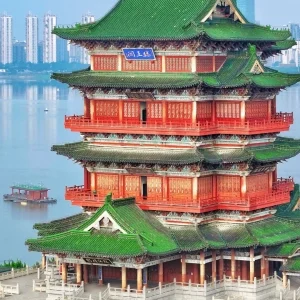
The capital of Jiangxi is best known as the site of the August 1st Nanchang Uprising, a key moment in Chinese revolutionary history. The August 1st Memorial Hall is a must-visit for history buffs. Meanwhile, the Tengwang Pavilion—one of China’s most famous ancient towers—offers sweeping views of the Gan River and is immortalized in the Tang dynasty classic, Tengwang Ge Xu.
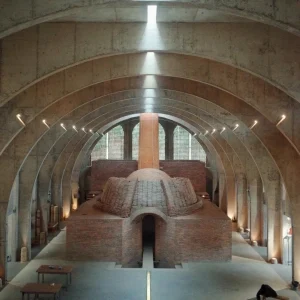
No trip to Jiangxi is complete without a stop in Jingdezhen, the porcelain capital of the world. With over a millennium of ceramic production history, this city is a haven for artisans and collectors. Wander through pottery markets, join a hands-on workshop at the Imperial Kiln site, or explore the China Ceramics Museum for a deep dive into this refined craft.
-300x300.webp)
Home to the legendary Lushan Mountain, Jiujiang lies along the banks of the Yangtze River. Lushan is known for dramatic cliffs, serene waterfalls, cloud-kissed peaks, and a rich legacy of scholars and poets who once retreated here. In summer, the area becomes a cool haven for those escaping the city heat.
-300x300.webp)
Jinggangshan is revered as the birthplace of the Chinese revolution. It’s a meaningful destination for those interested in modern history, with landmarks such as Huangyangjie Fortress and Mao Zedong’s former residence in Ciping. Beyond its political importance, the region’s natural scenery—rolling green hills, pine forests, and waterfalls—is equally compelling.
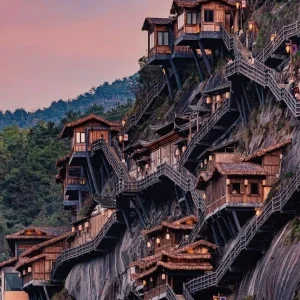
This northeastern city is home to Sanqing Mountain, a Taoist sanctuary and a UNESCO World Heritage Site with bizarre rock formations and panoramic cliffside trails. Not far away, Wuyuan County offers postcard-perfect villages surrounded by canola flower fields. It’s often dubbed "the most beautiful countryside in China," and it lives up to the hype.
From sacred peaks to ancient pavilions and historical battlefields, Jiangxi offers a wide range of attractions for all types of travelers.
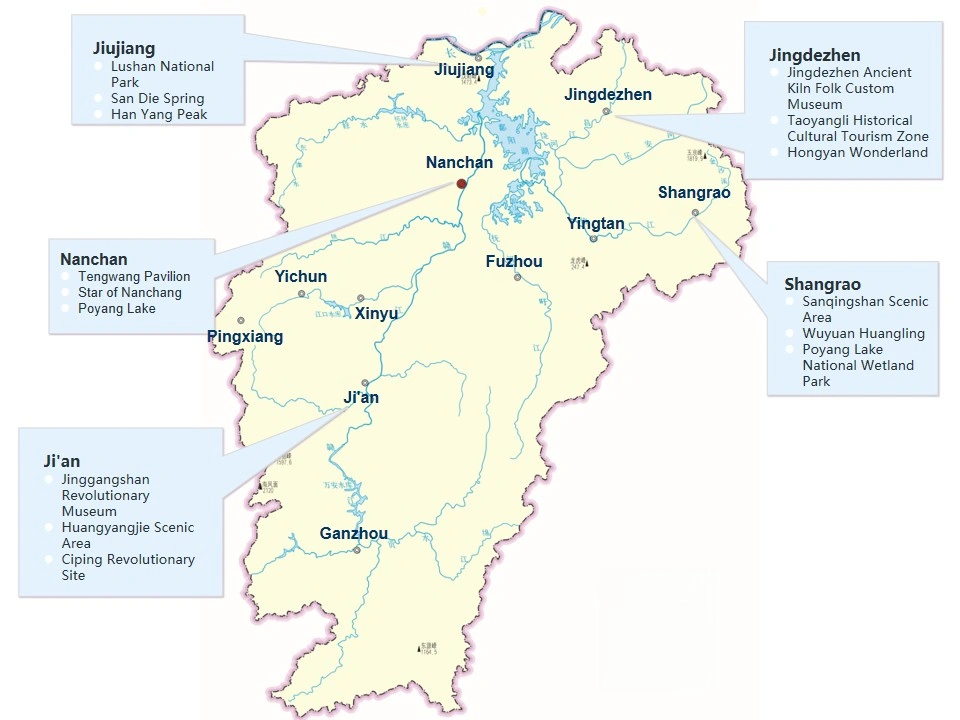
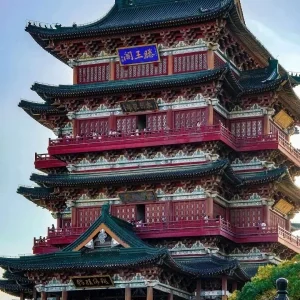
One of the most iconic towers south of the Yangtze River, Tengwang Pavilion is famed not only for its architecture but also for its appearance in classic Chinese literature. The interior is filled with calligraphy, exhibits, and views of the city skyline.
-300x300.webp)
A UNESCO World Heritage Site, Lushan offers a mix of stunning scenery and cultural landmarks. Popular spots include Three-Step Waterfall, Hanpo Pass, and Flower Path. Its cool climate and poetic landscape made it a favorite among philosophers, missionaries, and politicians.
-300x300.webp)
This granite mountain is shrouded in Taoist lore. Visitors come for the suspended plank trails, towering rock pillars, and sea-of-clouds views. It’s ideal for hikers and spiritual seekers alike.
-300x300.webp)
Villages like Likeng, Wangkou, and Xiaoqi are full of white-walled houses, cobblestone lanes, and stone bridges. Spring is the best time to visit when fields of rapeseed flowers create a golden landscape.
-300x300.webp)
For a deep dive into China's red history, visit the Jinggangshan Revolutionary Museum, Mao Zedong’s residence, and Huangyangjie Outpost. The surrounding forested mountains give the area a secluded, peaceful feel.
-300x300.webp)
Set in the mountains, Yaoli is an old ceramics-producing town with a peaceful river, stone bridges, and well-preserved Ming- and Qing-era architecture.
Jiangxi cuisine, also known as Gan cuisine, is one of China’s most flavorful regional styles. It features bold seasoning, rich aromas, and spicy heat, especially in southern Jiangxi. Locals favor chili oil, fermented tofu, and rice-based staples.
Here are some iconic dishes worth trying:
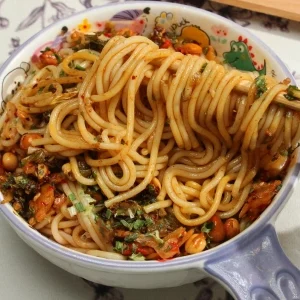
This beloved breakfast item consists of cold rice noodles mixed with soy sauce, chili oil, scallions, and sometimes shredded pickles or meats. It’s simple, cheap, and addictive.
-300x300.webp)
Translated as “Three-Cup Chicken,” this classic dish uses a cup each of soy sauce, sesame oil, and rice wine. The result is sweet, savory, and sticky. It’s a favorite in both Nanchang and neighboring provinces.
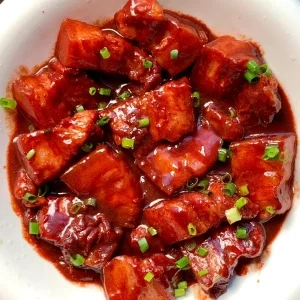
Pork belly is slow-braised with local fermented bean curd, resulting in a rich, umami-heavy dish that pairs well with steamed rice.
-300x300.webp)
Free-range chicken simmered in a clear broth, often seasoned with ginger and mushrooms. Light but full of flavor.
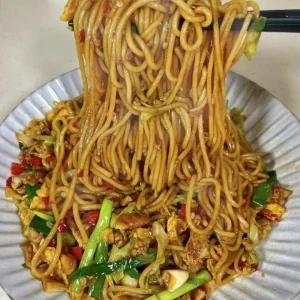
Unlike Nanchang-style, Yichun’s version often comes in broth or stir-fried, accompanied by pork slices, vegetables, or chili sauce.
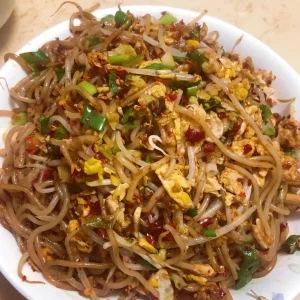
Known for their crunchy texture and bold flavors, Pingxiang-style fried noodles often come with pork bits, pickled veggies, and dried chili.
Jiangxi covers approximately 166,900 square kilometers and is home to about 44.6 million residents. Below are figures for each major city:
Nanchang: 7,402 km², ~6.3 million people
Jiujiang: 18,821 km², ~4.7 million
Jingdezhen: 5,256 km², ~1.5 million
Ji’an: 25,319 km², ~4.6 million
Ganzhou: 39,379 km², ~8.6 million
Shangrao: 22,591 km², ~6.3 million
Yichun: 18,671 km², ~5.4 million
Fuzhou: 18,800 km², ~3.7 million
Yingtan: 3,556 km², ~1.1 million
Xinyu: 3,178 km², ~1.2 million
Pingxiang: 3,827 km², ~1.8 million
Jiangxi has a humid subtropical climate, with hot summers and mild winters. Spring (March–May) and autumn (September–November) are the best seasons for travel.
January: 3–9°C / cold and damp
February: 5–12°C / early spring showers
March: 9–17°C / flowers blooming
April: 14–23°C / more rainfall
May: 19–27°C / warm and comfortable
June: 23–30°C / rainy season begins
July: 27–34°C / hottest month
August: 26–33°C / still hot, occasional storms
September: 22–30°C / cooling off
October: 16–25°C / ideal for sightseeing
November: 10–20°C / crisp autumn air
December: 5–12°C / cloudy and cool
Nanchang: 330000 / +86 791
Jiujiang: 332000 / +86 792
Jingdezhen: 333000 / +86 798
Ji’an: 343000 / +86 796
Ganzhou: 341000 / +86 797
Shangrao: 334000 / +86 793
Yichun: 336000 / +86 795
Fuzhou: 344000 / +86 794
Yingtan: 335000 / +86 701
Xinyu: 338000 / +86 790
Pingxiang: 337000 / +86 799
